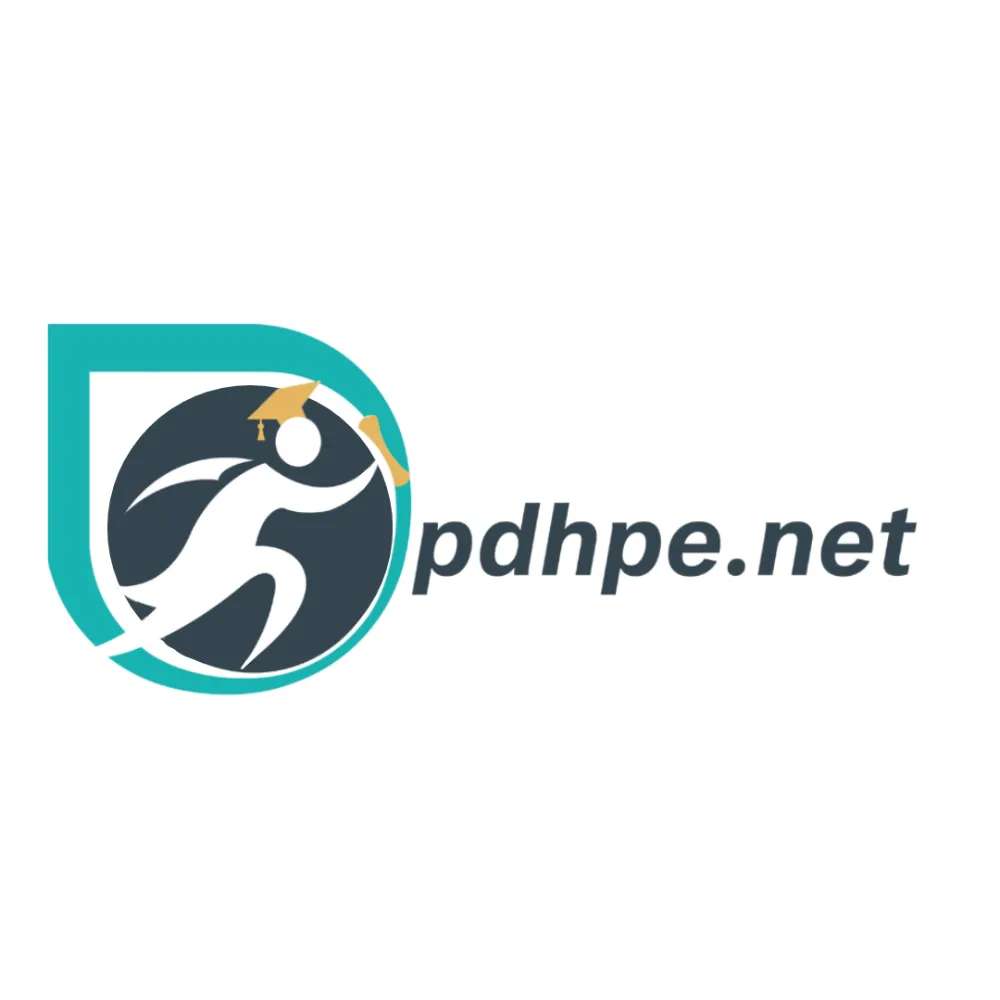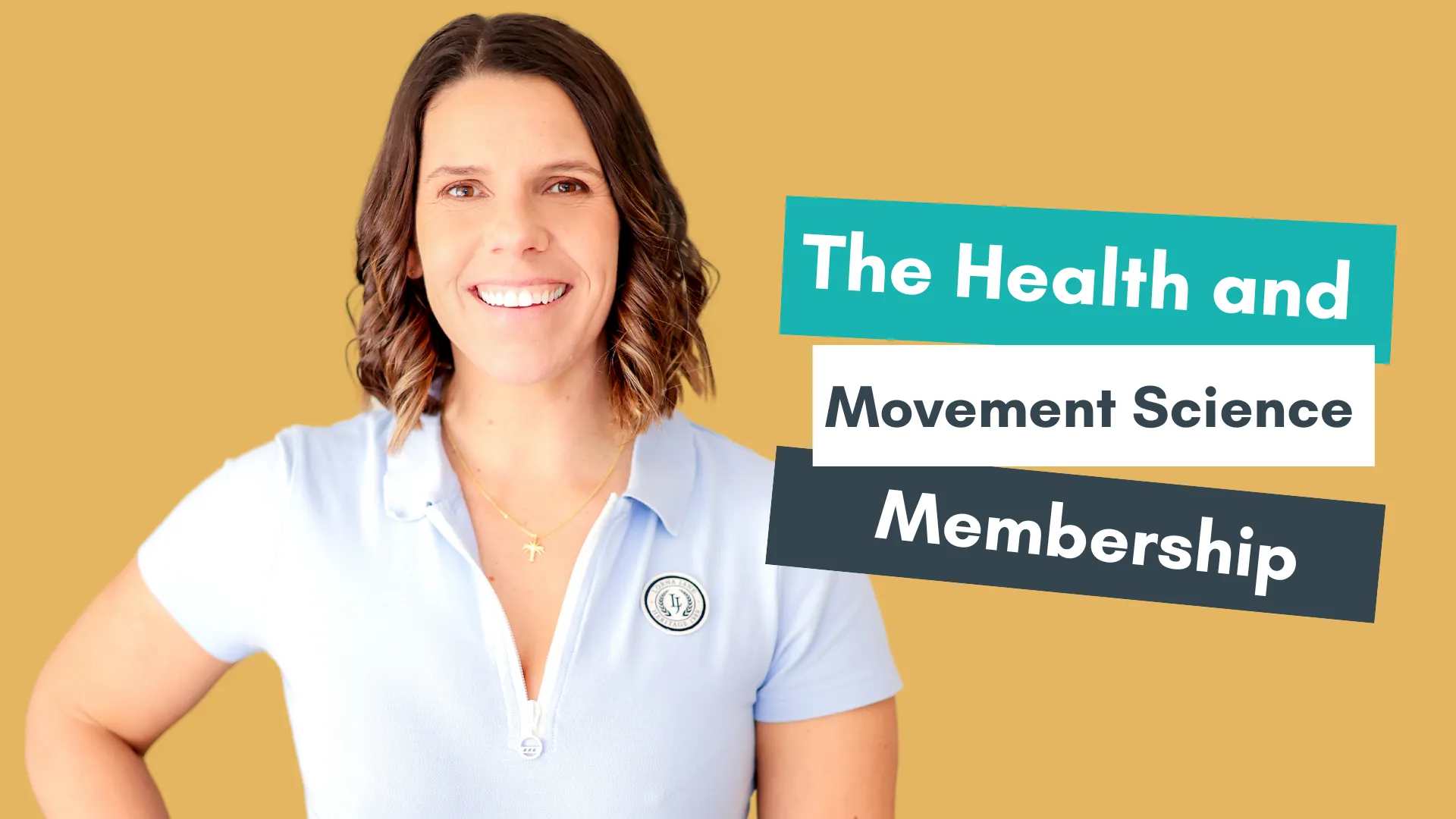What are young people's meanings of health?
Content Point One
Explore across generations aspects of young people’s lives that make them similar and different to the young people of previous generations
Examples:
- Developmental stages
- Influences of family, peers, culture, technology and global events
NESA Glossary of Key Words:
Discuss - Identify issues and provide points for and/or against.
Compare - Show how things are similar or different.
Contrast - Show how things are different or opposite.
Developmental Stages


What are young people's meanings of health?
Content Point One
Explore across generations aspects of young people’s lives that make them similar and different to the young people of previous generations
Examples:
- Developmental stages
- Influences of family, peers, culture, technology and global events
NESA Glossary of Key Words:
Discuss - Identify issues and provide points for and/or against.
Compare - Show how things are similar or different.
Contrast - Show how things are different or opposite.
The Influence of Family


What are young people's meanings of health?
Content Point One
Explore across generations aspects of young people’s lives that make them similar and different to the young people of previous generations
Examples:
- Developmental stages
- Influences of family, peers, culture, technology and global events
NESA Glossary of Key Words:
Discuss - Identify issues and provide points for and/or against.
Compare - Show how things are similar or different.
Contrast - Show how things are different or opposite.
The Influence of Peers


What are young people's meanings of health?
Content Point One
Explore across generations aspects of young people’s lives that make them similar and different to the young people of previous generations
Examples:
- Developmental stages
- Influences of family, peers, culture, technology and global events
NESA Glossary of Key Words:
Discuss - Identify issues and provide points for and/or against.
Compare - Show how things are similar or different.
Contrast - Show how things are different or opposite.
The Influence of Culture


What are young people's meanings of health?
Content Point One
Explore across generations aspects of young people’s lives that make them similar and different to the young people of previous generations
Examples:
- Developmental stages
- Influences of family, peers, culture, technology and global events
NESA Glossary of Key Words:
Discuss - Identify issues and provide points for and/or against.
Compare - Show how things are similar or different.
Contrast - Show how things are different or opposite.
The Influence of Technology


What are young people's meanings of health?
Content Point One
Explore across generations aspects of young people’s lives that make them similar and different to the young people of previous generations
Examples:
- Developmental stages
- Influences of family, peers, culture, technology and global events
NESA Glossary of Key Words:
Discuss - Identify issues and provide points for and/or against.
Compare - Show how things are similar or different.
Contrast - Show how things are different or opposite.
The Influence of Global Events


Learning Activities
1. Create a timeline highlighting key events in the history of young people's life that have influenced their health and wellbeing:
a. Identify similarities and differences between different eras.
b. Discuss how social, political, and technological changes have impacted young people's lives.
2. Research and compare different health trends and statistics from different generations.
Include rates of obesity, mental health issues, and smoking prevalence among young people.
What factors have contributed to these changes?
You could use the following infographics:
https://mccrindle.com.au/article/topic/demographics/the-generations-defined/
3. Organise to interview 2-3 adults about life when they were young. Ensure there is a variety of ages in the panel and ask them questions about health factors:
a. Bullying at school
b. The prevalence of smoking
c. Physical Activity
d. The impact of the rise in technology
4. Show your understanding of the similarities and differences between the health of young people in different eras.
5. Analyse and compare two of the following case studies and discuss the aspects of the lives of the young people that have changed,
identifying similarities and differences between the generations and the impact this has on their health.
Case Studies
Thomas
In 1952 at the age of 13, Thomas contracted polio, a viral disease that led to paralysis in his lower limbs and significant muscle weakness. He was hospitalised for an extended period, undergoing intensive physical therapy to regain mobility. The isolation from his peers and prolonged treatment impacted his emotional wellbeing, leading to feelings of loneliness and anxiety. Though he eventually regained partial mobility with the help of leg braces, Thomas continued to face long-term physical challenges, including muscle fatigue and weakness.
Leo
In 2021, a 12-year-old boy named Liam was hospitalised after contracting COVID-19. With pre-existing conditions, including asthma, his case required close monitoring by healthcare professionals to manage his symptoms effectively. Due to infection control protocols, Leo’s family was restricted from visiting, though daily communication was maintained through video conferencing. Additionally, he utilised social media to stay in contact with friends and attended school twice weekly via virtual platforms. Despite these efforts to maintain normalcy, the prolonged absence from school and social interactions resulted in feelings of isolation. After three weeks, Leo made a full recovery and was able to return to his usual activities.
Emma
In 1921 as a 14 year old, Emma attended Australia’s first Women’s Rugby League match in Sydney and became inspired to play the sport herself. Despite Rugby League being dominated by boys, Emma managed to join a local boys' team by concealing her identity, tucking her long hair beneath her headgear to avoid detection. Emma played several matches without incident, but when opposing teams eventually discovered that a girl was competing, there was significant backlash. Teams expressed their frustration and anger, citing concerns over tradition and fairness.
Lilly
In 2023, 13-year-old Lilly, who had played rugby league with the boys' team since the age of six, tried out for the Under-14s girls’ team in her local area. While Lilly had enjoyed her time playing with the boys, she was eager to join the girls’ team and compete in a league specifically designed for female players. The transition highlighted the growing development of Women’s Rugby League and provided Lilly with the chance to further her skills in a more inclusive environment. Despite some initial resistance from former teammates, Lilly thrived in the girls' team, helping to pave the way for greater opportunities for young female athletes in the sport.
Jesse
In 19994, Jesse, a young Australian dancer, aspired to a professional career in the performing arts. After facing numerous rejections, they secured a role as a backup dancer for the renowned Australian pop singer Kylie Minogue’s tour. The demanding schedule led to two ankle injuries, while an extended period away from family and friends resulted in four weeks of isolation. The pressures of touring posed significant challenges to Jesse’s physical, emotional, and social wellbeing, highlighting the intense demands of life as a performer.
Darcy
In 2021, 15-year-old Darcy opened a TikTok account during the COVID-19 lockdowns. Over the course of six months through home performances the account gained 50,000 followers, eventually surpassing 1 million. This rapid growth allowed Darcy to build a career as a professional dancer and social media influencer, with access to millions of viewers and significant demand for dance content. Alongside this success came challenges, including cyberbullying, verbal sexual harassment and the ongoing pressure to produce content in order to remain relevant in the highly competitive online environment.
Revision Questions
1. What aspects of young people's health today make it different to a young person in previous generations?
2. Discuss the implications of technological advances on the health of youth today and youth of previous generations.
3. What changes have occurred in the health of young people since the 1960s and how have their families and peers influenced these changes?
4. Select TWO eras and explain the impact that youth culture has had on the health of young people at the time.
5. How have changes in young people’s lives influenced their understanding of health?
6. To what extent have global events impacted on the health of young people today?
Sample Answers
Sample answers coming soon.



